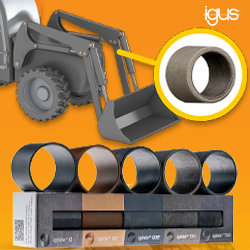Schunk Introduces New Improvements to Compact Ring Indexing Table
The new RST-D has been strengthened in areas that help increase performance and improve lifecycle.
SCHUNK has greatly improved the RST-P series. The new RST-D has been strengthened in areas that help increase performance and improve lifecycle. The pneumatically driven RST-D is now available in three sizes with the RST-D 60, RST-D 87 and RST-D 134. Their key differences are the index plate diameter and torque.
The ring indexing tables can cycle either to the left or the right or alternate, without requiring any modifications. Switching is performed by the pneumatic actuation alone, and the cycle types can be changed in any order and any number of times. The RST series allows the working process to be stopped, to return a few steps and repeat the processing step in question if errors occur - a unique feature not offered by any other manufacturer.
The angle adjustment can be set simply to 4, 6, 8 or 12 steps, and on the RST-D 134 can be ordered with 16 steps. Hydraulic shock absorbers are used as end position dampers in both directions. The repeat accuracy of the angle of rotation is less than 0.03°, the axial and radial run-out of the cycle ring is better than 0.02 mm.
As only the cycle ring rotates in the RST series, its special feature is an unusually large fixed central section. This makes it easier to add additional components and assemblies, and features a large feed-through bore. For example, it allows additional assemblies to be supplied with compressed air without the air hoses having to follow any rotating movements of the ring indexing table.
Featured Product

igus - triflex R robot dresspacks
Properly managed cables on a multi-axis robot are the difference between successful, failure-free operation and frequent unplanned downtime and lost profits. Discover how triflex® robot dresspacks are designed to protect cables in multi-axis motion - extending cable life, minimizing costs, and reducing unplanned downtime.
